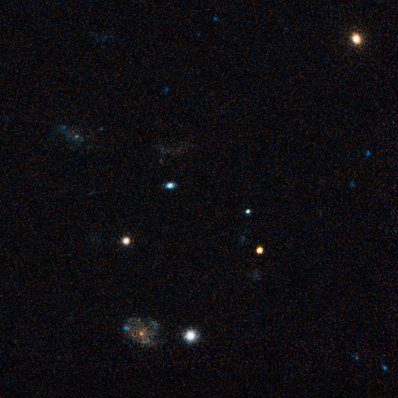
Spaceflight Now +

|

|
 |
 |

Subscribe to Spaceflight Now Plus for access to our extensive video collections!
 How do I sign up? How do I sign up?
 Video archive Video archive

STS-120 day 2 highlights

Flight Day 2 of Discovery's mission focused on heat shield inspections. This movie shows the day's highlights.

 Play Play

STS-120 day 1 highlights

The highlights from shuttle Discovery's launch day are packaged into this movie.

 Play Play

STS-118: Highlights

The STS-118 crew, including Barbara Morgan, narrates its mission highlights film and answers questions in this post-flight presentation.

 Full presentation Full presentation
 Mission film Mission film

STS-120: Rollout to pad

Space shuttle Discovery rolls out of the Vehicle Assembly Building and travels to launch pad 39A for its STS-120 mission.

 Play Play

Dawn leaves Earth

NASA's Dawn space probe launches aboard a Delta 2-Heavy rocket from Cape Canaveral to explore two worlds in the asteroid belt.

 Full coverage Full coverage

Dawn: Launch preview

These briefings preview the launch and science objectives of NASA's Dawn asteroid orbiter.

 Launch | Science Launch | Science

 Become a subscriber Become a subscriber
 More video More video

|
 |
 |

|
|
 |

Recording breaking GRB still shining beacon
BY EMILY BALDWIN
ASTRONOMY NOW
Posted: April 15, 2008
Almost one month ago, the Swift space telescope captured the explosion of a powerful Gamma Ray Burst (GRB), the brightest naked-eye object ever seen from Earth (see news story posted on March 25: Super-bright gamma ray burst visible to naked eye). Recent Hubble observations show that the light from this GRB is still drowning out the galaxy’s light today.
The observation has surprised astronomers, who find it more usual for bright bursts to fade away more rapidly because they emit their energy in a tightly confined beam. The nature of the slow fading puts a question mark over where the energy is coming from to power this GRB, and makes Hubble’s next observations of this object in May all the more crucial.

Hubble Space Telescope image, taken on 7 April, of the fading optical counterpart of the GRB that erupted on 19 March. Image: NASA, ESA, N. Tanvir (University of Leicester), A. Fruchter (STScI).
|
 |
 |
 |
|
|



